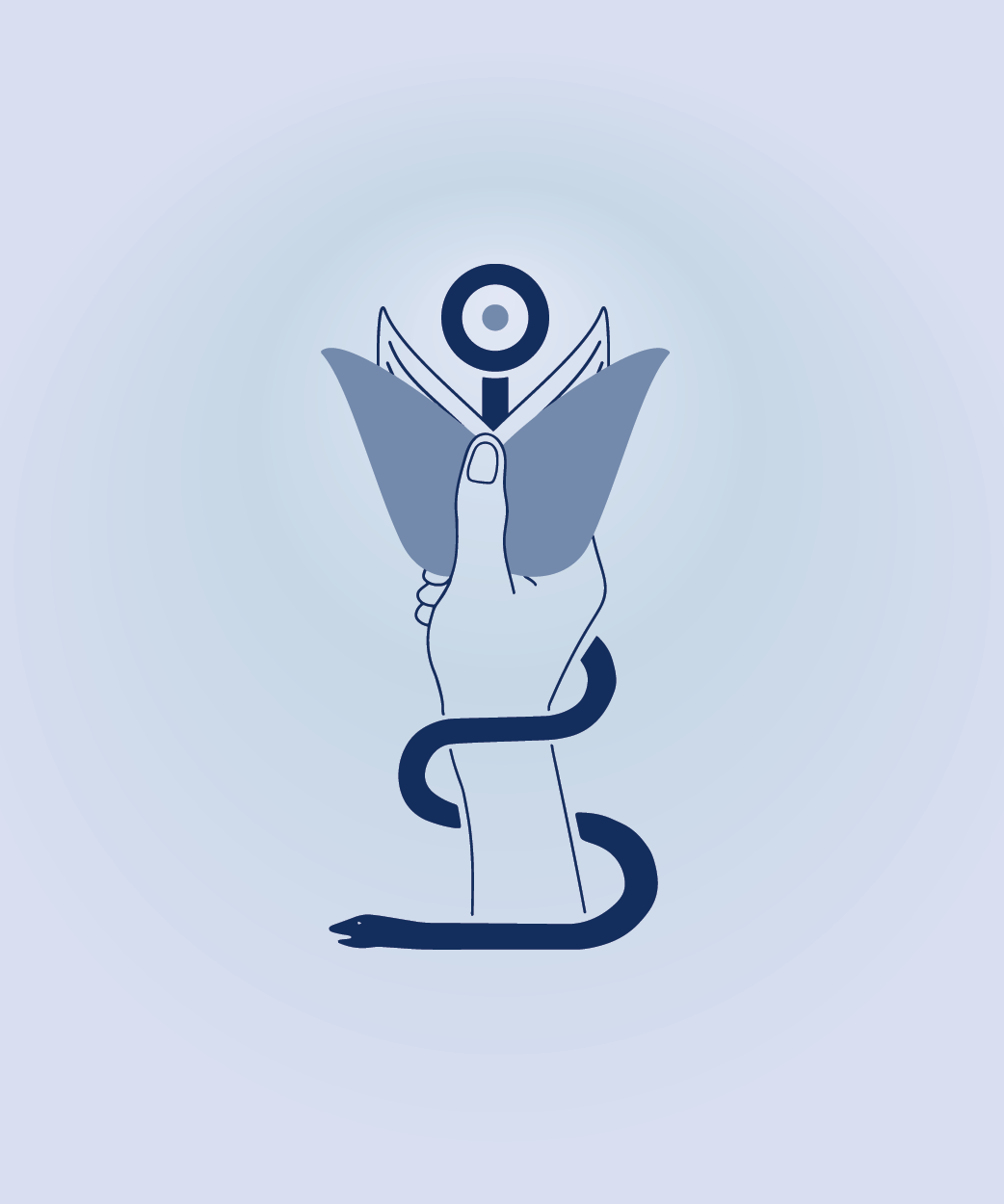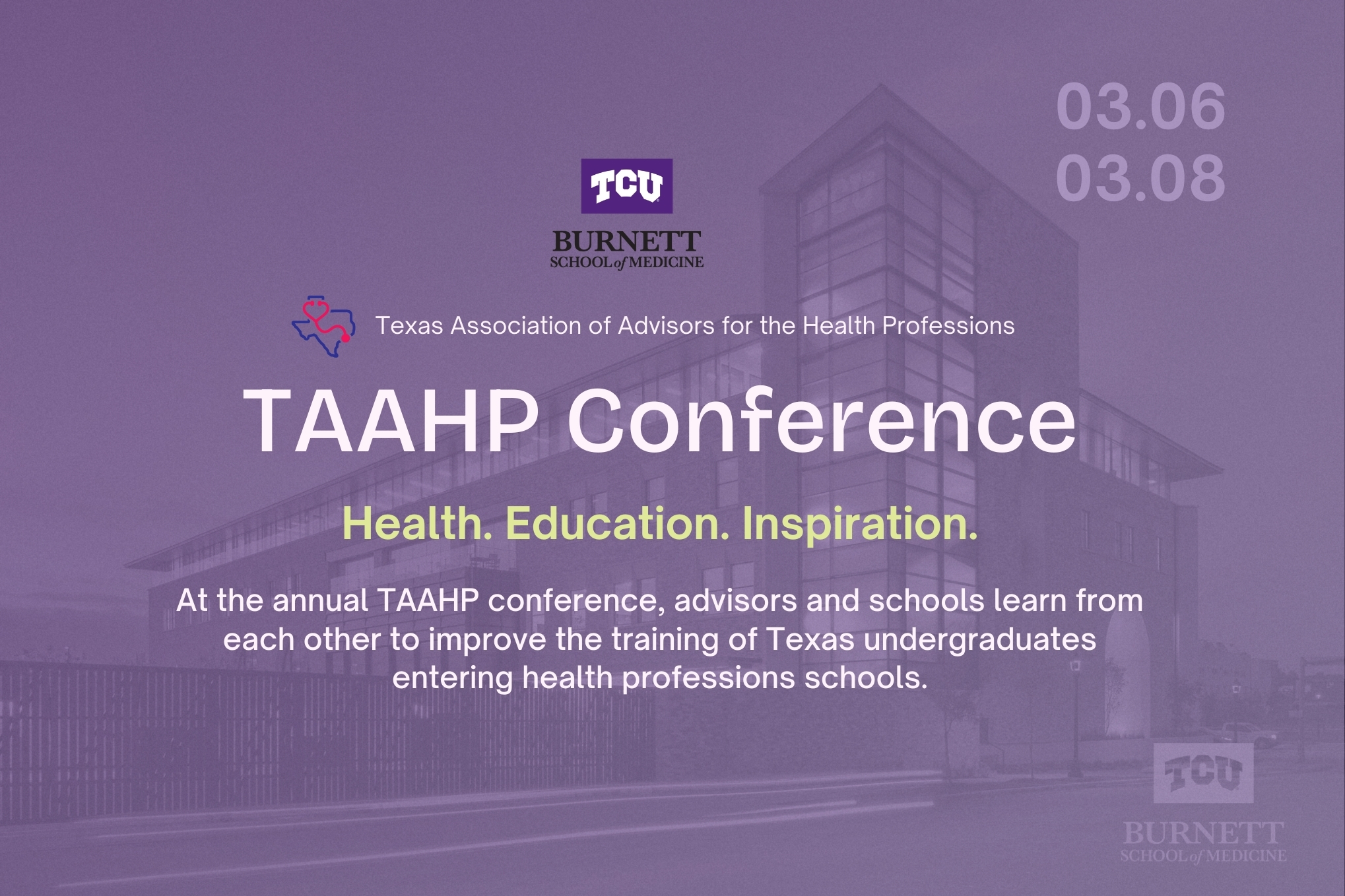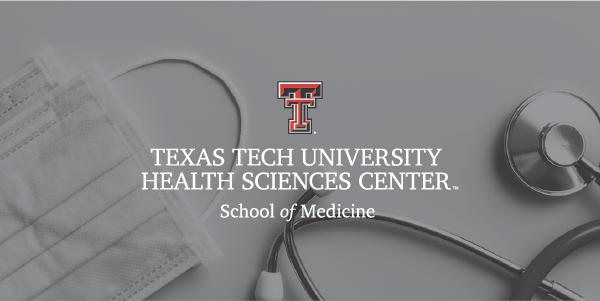Gauging Growth in EY 2021 - Medical Applicants
Take a look at how applications to member medical institutions in TMDSAS grew in EY2021.
Getting into medical school isn't easy, and throwing a global pandemic into the mix
complicated matters even more. Among several changes, applications to medical school
increased in a big way. Here's how:

The number of medical applicants in entry year 2021 grew by a record 1258, or 21%
over the previous cycle. It's the largest single-year increase in TMDSAS history for
medical schools. In previous cycles, there were:
Entry Year 2020
-
- an increase of 30 applicants, which represents a 0.5% increase over the previous cycle
for a total 6122 applications
Entry Year 2019
-
- an increase of 4%, or 243 applications over the previous cycle for a total of 6092
applications
Entry Year 2018
-
- a 1% increase over the previous cycle, or 54 additional applications for a total 5849
applications
Entry Year 2017
-
- a total of 5795 applications
Throughout these application cycles, TMDSAS has added several participating medical
institutions including Sam Houston State University and University of Houston College
of Medicine. Starting in EY 2022, Baylor College of Medicine will be the 13th participating
medical institution.
What do these trends mean?
Year over year, applicant pools have become increasingly competitive across quantitative
metrics; the average GPA for EY2021 medical applicants was 3.64 and the average applicant
MCAT score was 506.4.
While these averages have remained steady over the past two application cycles, other
factors in your application have become increasingly important to help improve an
applicant's competitiveness in the admissions cycle.
Want to be more competitive?
Learn about how each school reviews applications according to their institutional
mission in our
Courage Sessions.

About the author: The Texas Health Education Service amplifies TMDSAS and JAMP’s missions to serve students, collegiate advisors, and professional schools in Texas by providing students with accurate educational resources to enhance their preparation for a career in the health professions, and supporting efforts by advisors and professional schools to reach students and enrich the applicant pool.





